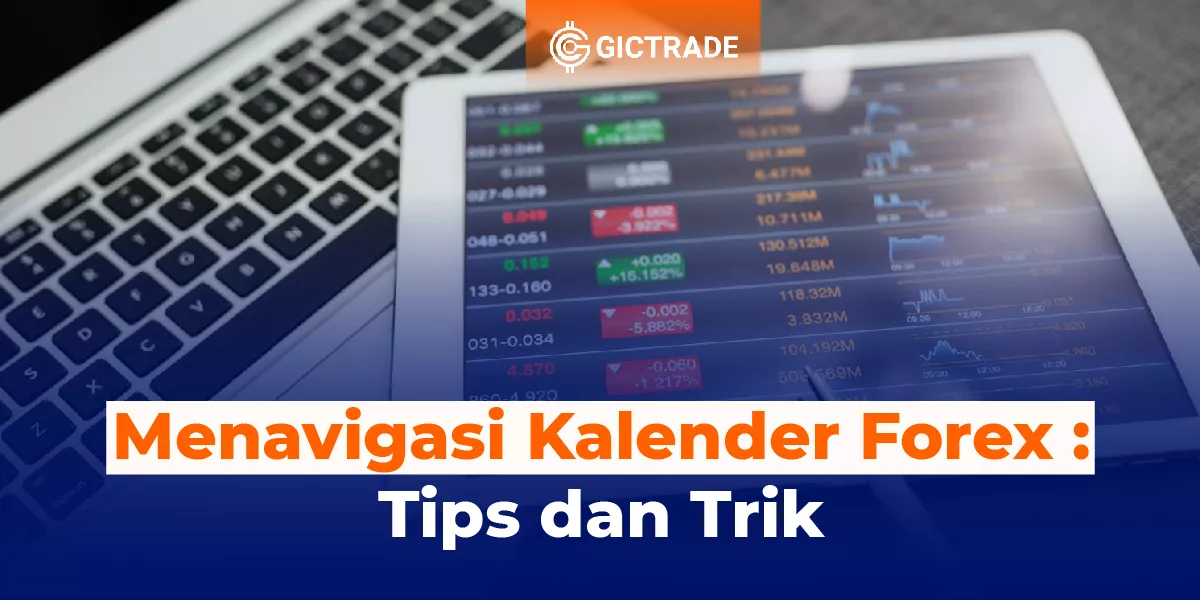What is Trend Bullish
Bullish investors, also known as bulls, believe that the price of one or more securities or indices will rise. It can be applied to any market scale. Sometimes bullish investors believe that the market as a whole will rise, predicting general profits. In other cases, investors may anticipate profits in a particular industry, stock, bond, commodity, or collectible.If an investor is, say, optimistic about ABC Corp., this means that he thinks that the shares of a particular company will rise. The bull market conveys a related meaning. It exists when the price – usually the closing price – of a security or index that tracks a series of securities, usually equities, rises. While not every stock will necessarily rise, the market's major equity indices will rise. For example, during a bull market, the Dow Jones Industrial Average and S&P 500 are expected to rise, although some individual equities and sectors may not.
Unlike a bear market, there is no universally accepted percentage gauge for how much the market must rise before qualifying as a bull market. The longest bull market in American history for stocks lasted for 4,494 days and lasted from December 1987 to March 2000. It can be said that the prevailing sentiment of bull market participants is greed or fear of losing.
Bullish Trend Pattern
A bullish pattern can form after a market downtrend, and signal a reversal of the price movement. They are indicators for traders to consider opening long positions to profit from each upward trajectory.Hammer
The candlestick hammer pattern is formed from a short body with a long lower wick, and is found at the bottom of the downtrend. Hammer indicates that despite the selling pressure during the day, in the end strong buying pressure pushes the price back up. Body color can vary, but green hammers indicate a stronger bull market than red hammers.
Trend Bullish Inverted Hammer
The same bullish pattern is the inverted hammer. The only difference is that the upper axis is long, while the lower axis is short. This indicates that there is buying pressure followed by selling pressure that is not strong enough to push market prices down. An inverted hammer indicates that the buyer will soon have control over the market.
Trend Bullish Bullish Engulfing
The bullish engulfing pattern is formed from two candles. The first candle is a short red body that is completely engulfed by the larger green candle. Although the second day opened lower than the first, a bullish trend market pushed prices up, culminating in a clear victory for buyers.
Trend Bullish Piercing Line
The Piercing Line is also a two-stick pattern, consisting of a long red candle, followed by a long green candle. There is usually a significant downward gap between the closing price of the first candle, and the opening of the green candle. This indicates strong buying pressure, as the price is pushed upwards or above the previous midday price.
Trend Bullish Morning Star
Pola candlestick Morning Star dianggap sebagai tanda harapan dalam tren turun pasar yang suram. Ini adalah pola tiga batang: satu candle bertubuh pendek antara merah panjang dan hijau panjang. Secara tradisional, 'star' tidak akan tumpang tindih dengan badan yang lebih panjang, karena celah pasar baik saat buka maupun tutup. Ini menandakan bahwa tekanan jual pada hari pertama mereda, dan pasar tren bullish sudah di depan mata.
Trend Bullish Three White Soldiers
Three white soldiers occurred for three days. It consists of consecutive long green (or white) candles with small wicks, which open and close progressively higher than the previous day. This is a very strong bullish trend signal that occurs after a downtrend, and indicates a steady increase in buying pressure.
Trend Bullish Reversal
There are two main types of reversal patterns. The first is the reversal of classic charting patterns such as double bottom or Head and Shoulders top. The second is the Japanese candlestick reversal pattern, usually consisting of two to three candles on a candlestick chart. Today we are talking about the latter. A bullish reversal pattern is a signal that the falling price is going higher.
What does a Reversal candle look like? What is the strongest candle pattern? We will show you the candlestock reversal patterns that we think are the most important. Here are the best bullish reversal patterns.
Candlestick Hammer
One of the most recognizable candlestick reversal patterns is the pin bar – as it looks like a pin. You can see it here: In Japanese candlestick terms, pin bars are also referred to as hammer patterns when they occur in a bearish trend, signaling a possible bull market reversal, and as a 'shooting star' pattern when occurring in an uptrend, signaling a potential reversal. to the downside.
The image above shows a hammer indicating a potential market reversal from a downtrend to an uptrend. The key element of the pin bar is the elongated tail. The long tail was formed by bears aggressively pushing the price significantly lower during that time period – but the fact that the closing price is back up near the opening price suggests that attempts to push the price lower were ultimately strongly rejected. The initial price decline was followed by a stronger movement to the upside that brought the price back close to, or even above, the opening price.
Hammer pattern trading strategy
When a hammer pattern is an accurate indication of a trend reversal, the price usually does not fall lower than the low of the candlestick pin bar. Therefore, the typical strategy is as follows: Entry: At the market opening after the hammer candlestick has been closed Stop loss: Below the low of the hammer candlestick Take Profit: Risk: Reward ratio 2:1Candlestick Bullish Engulfing
Engulfing candlesticks are another candlestick pattern that indicates a possible market reversal. A bullish engulfing candlestick, which indicates a possible upward reversal, is a candlestick in which the body of the ascending candle (where the close is higher than the opening) completely covers the body of the previous descending candle. The GBP/USD 30-minute chart below shows a large six-candle engulfing bullish candle from the left side of the chart, which occurred on April 12 – after which the market moved strongly to the upside.
Bullish engulfing candle trading strategy
When a bullish engulfing pattern is an accurate indication of a trend reversal, the price usually does not move lower than the low of the second bullish candlestick. Therefore, the typical strategy is as follows: Entry: At the market opening after the second engulfing candlestick is closed Stop loss: Below the low of the second candlestick that hits Take Profit: Risk: Reward ratio 2:1
Examples of Bullish Patterns
Let's use the example of a bullish engulfing pattern. PLUG experienced a sharp sell-off. This time, we get two bullish reversal candles that completely engulfed the previous bearish candle.
PLUG with the Bullish Engulfing Crack reversal pattern in the middle of the day Again, note that the context is everything here. We are in a state of overselling with climactic selling pressure. Analyzing the volume at the lows, we can see that support comes when a weak hand takes out their stocks. Let's look at another example. Here's a sneak peek from TLRY, which offered us a beautiful Opening Range Breakout (ORB) opportunity right from the gate on this special day:

TLRY with ORB open using the Bullish Engulfing Crack pattern After the sell-off, buyers enter and overcome the previous selling pressure from the pre-market, engulfing the bears before moving higher. To be on the safe side, you will enter a long position at the time of the red candle break, set your risk at the lowest, or at the body of the first green candle. There are some advanced traders who are more aggressive and may take their positions early if they sense a reversal is imminent.
Bullish Pattern Conditions
Here are some conditions for the bullish pattern itself. These conditions are:Bullish Hammer (H)
Some of the identifiable traits and features of a bullish hammer include the following:- candles with a short body and a long wick (approx. +2x the size of the candle)
- Little or no wick on the short-end side
- Can be red or green, depending on the strength of the price reversal
- Formed when the open, low, and close prices are approximately the same
- Occurs at the bottom of a downtrend
- Indicates an uptrend reversal (price may increase)
Inverted Hammer (IH)
Some of the identifiable traits and features of the reverse hammer are as follows:- candles with a short body and a long wick (approx. +2x the size of the candle)
- Little or no wick on the short-end side
- Can be red or green, depending on the strength of the price reversal
- Formed when the open, low, and close prices are approximately the same
- Occurs at the bottom of a downtrend
- Indicates a lower price rejection (at a certain level)
- Identify profitable entry points
- Identify profitable entry points
 Last:
Last: 







